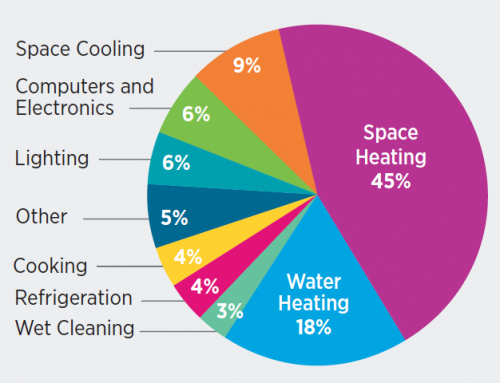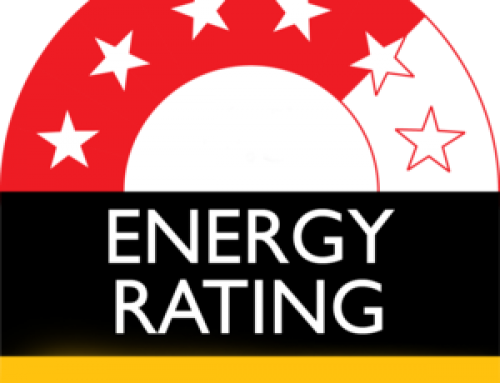How to be energy efficient with home appliances.
Washing Machines.
To get a better understanding, I think we need Energy Efficiency Explained .
The running costs of Washing Machines are calculated using the estimated energy use and water consumption per year, based on one load every day of the year (365 days), using a standard wash cycle.
The energy consumption of the Washing Machine is shown on the Energy Rating Label on each appliance, which is mandatory on all new clothes washers sold in Australia and provides an estimate of the annual energy consumption of the appliance based on test energy consumption and typical use of the appliance in a residential home.
The water consumption of the Washing Machine is shown on the Water Efficiency Label on each appliance under the Water Efficiency Labelling and Standards scheme.
The Water Rating shows the water consumption per wash of the appliance in litres using the standard wash cycle.
To convert this water use per wash to annual water consumption, it was assumed that 365 loads were washed per year, as per the energy consumption.

energy efficiency rating
The annual running costs for washing machines have been calculated by taking the estimated energy consumption on the Energy Rating Label for both cold and warm washes, and multiplying this consumption by the standard residential electricity tariff for the state.
Similarly, the water running costs have been calculated by multiplying the annual water usage for the standard residential water costs for the state.
The total running costs are given by the sum of the water and energy running costs of the appliance.
No maintenance, repairs or detergent have been included in the calculation of these running costs.
Dishwashers
The running costs for Dishwashers are calculated using the estimated energy use and water consumption per year, based on one load every day of the year (365 days), using the standard wash cycle.
The energy consumption of the appliance is given on the Energy Rating Label on each appliance.
The Energy Rating Label is provided on dishwashers sold in Australia and provides an estimate of the annual energy consumption of the appliance based on tested energy consumption and typical use (one standard load per day) of the appliance in a residential home.
The annual energy running costs for dishwashers have been calculated by taking the estimated energy consumption given on the Energy Rating Label which assumes the operation of the standard wash cycle once a day.
This consumption figure is then multiplied by the standard residential electricity tariff for the state.
The water consumption of the appliance is given on the Water Rating of the appliance under the Water Efficiency Labelling and Standards scheme (WELS).
The Water Rating shows the water consumption per wash of the appliance in Litres using the standard wash cycle.
To convert this water use per wash to annual water consumption it was assumed that 365 loads were washed per year, as per the energy consumption.
Similarly, the annual water running costs have been calculated by multiplying the annual water usage by the standard residential water cost for the state.
The total running costs are given by the sum of the water and energy running costs of the appliance.
No maintenance, repairs or detergent have been included in the calculation of these running costs.
Clothes Dryers.
The energy rating labels on Clothes Dryers provide the annual energy consumption of the appliance based on one average cotton cycle per week.
The annual running costs for Clothes Dryers are calculated by multiplying the annual energy consumption by the standard state electricity tariff.
Fridges and Freezers
The energy rating labels on fridges and freezers provide the annual energy consumption of the appliance.
To calculate the annual running costs of the fridge, the annual energy consumption is multiplied by the state electricity.
Click Here to go to our Blog Section for more information.





